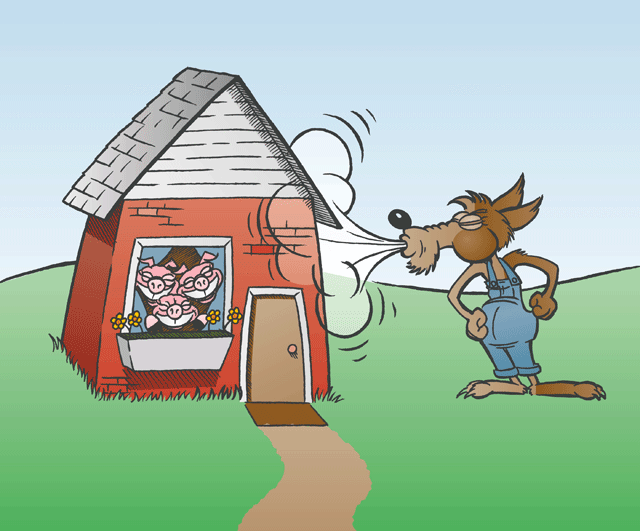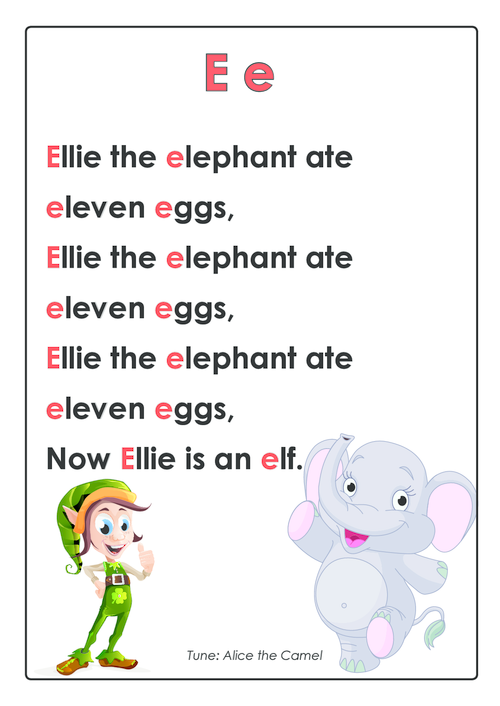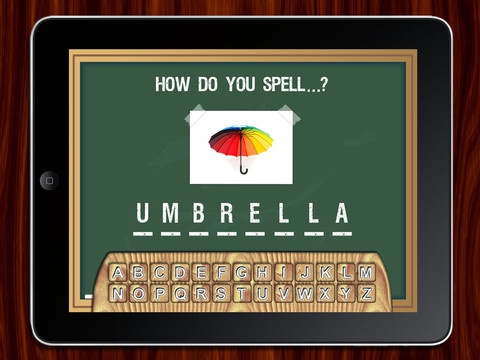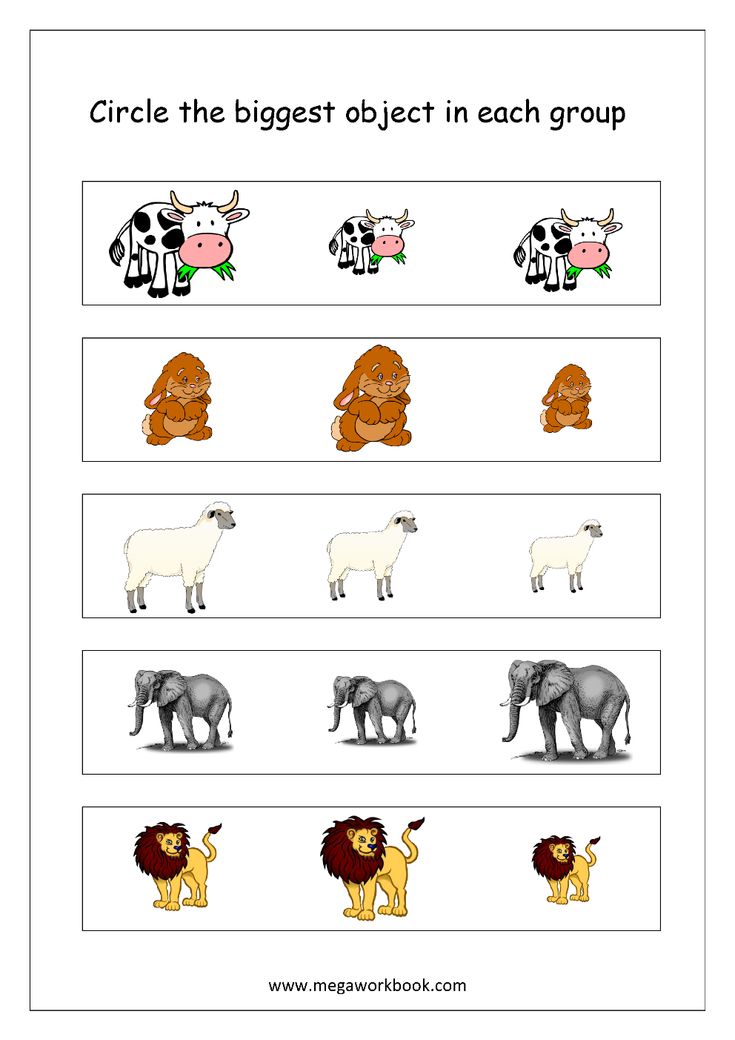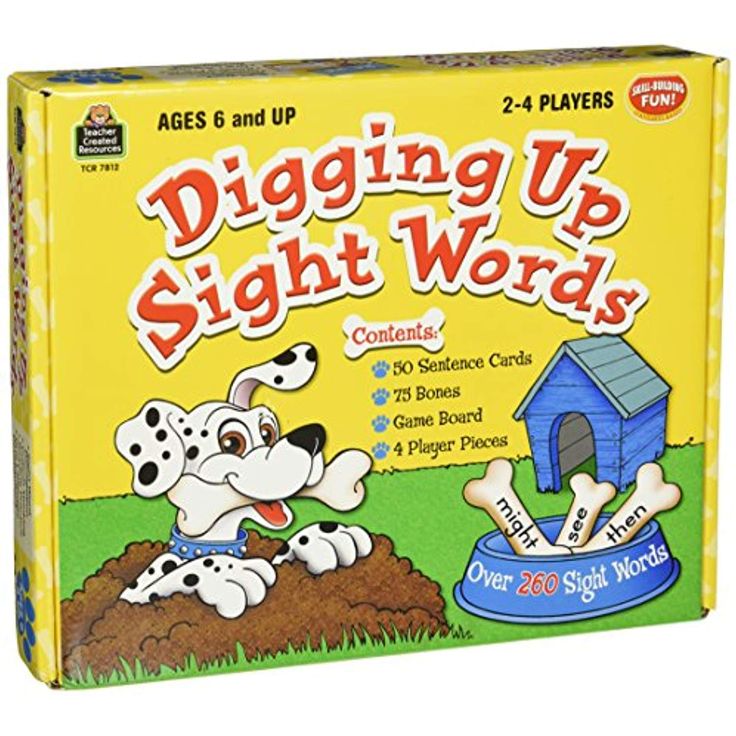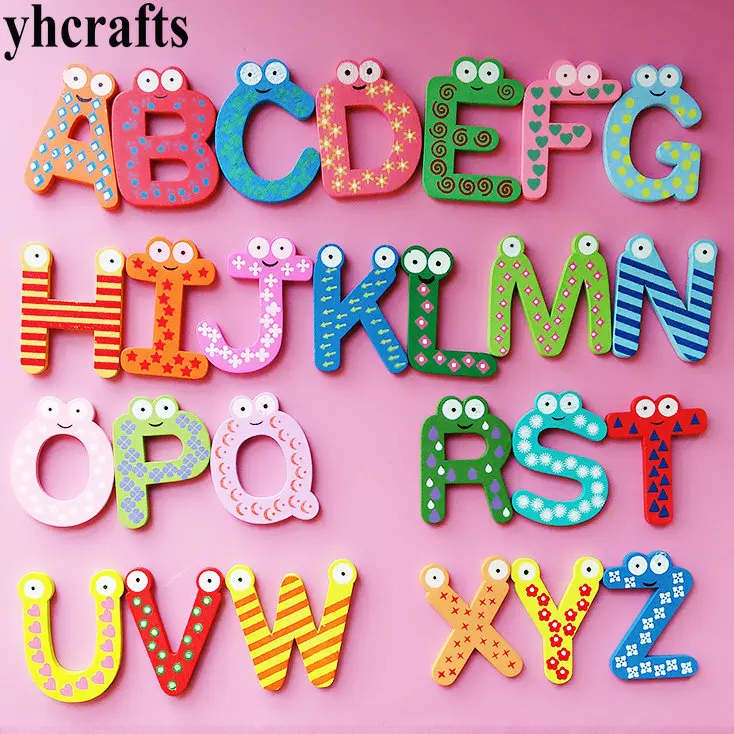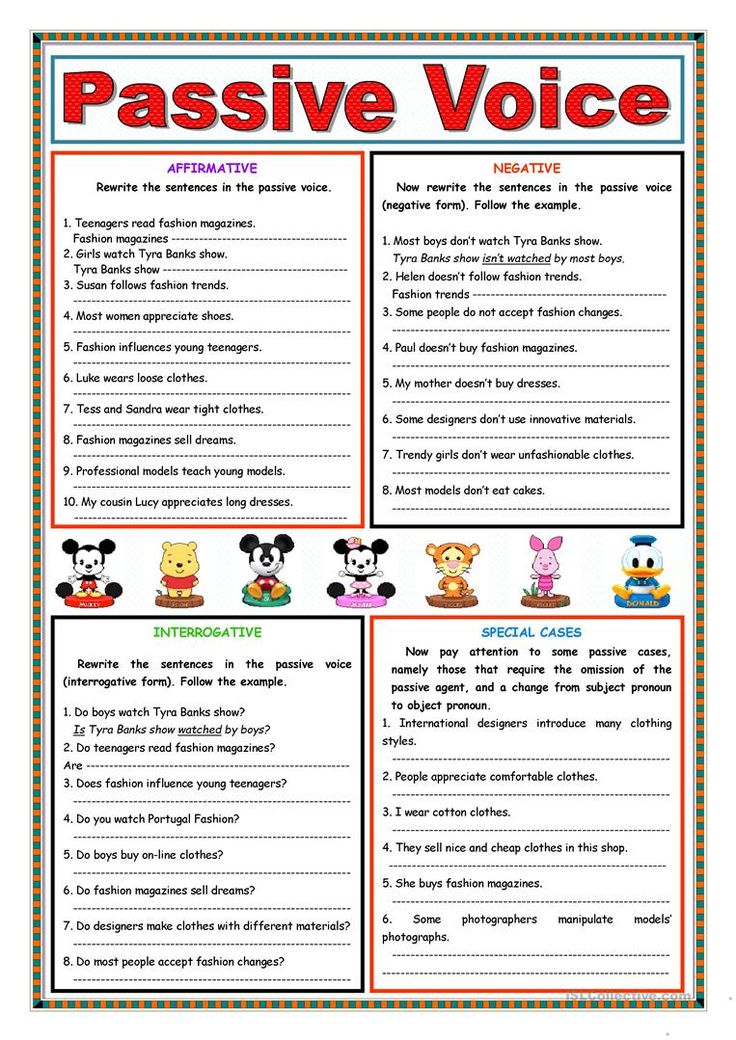Best way to learn sight words
Best Sight Word Books and Activities
You probably don’t remember learning how to read words like the, is, and am. But these so-called “sight words” that you now read every day (without even noticing!) can actually be quite challenging for children to learn. However, they're crucial to reading success.
In simple terms, sight words are commonly-used words that children are encouraged to memorize by sight, so they instantly recognize them in a text without having to take the time to sound them out. That’s especially helpful for the many sight words that don’t follow normal phonetic rules, and can’t be sounded out.
“When children can read sight words quickly, they are more fluent readers and can better comprehend a text,” says Laura Mossa, an elementary school reading specialist at Baltimore County Public Schools. She adds that one classic study found that up to 75 percent of the words used in text geared toward young readers are sight words.
Here are five ways to make learning sight words easier for your child, and tools that will help you along the way.
Tip 1: Expose your child to sight words early on.
It's never too early to start reading regularly with your child (it will boost their language development and reading skills, and doing so multiple times per day can expose them to 1 million words by kindergarten!). This is the most natural way to familiarize them with a wide range of sight words.
Also point out sight words in your environment — say, by reading signs on the road or at the grocery store out loud. This will help provide a solid foundation for when your child takes on more formal sight word learning in preschool and kindergarten.
What Will Help: For young children, simply focus on joyful read-alouds that are packed with sight words, like Oh, The Places You'll Go!
As your child enters preschool and kindergarten, this Sight Word Readers Parent Pack is a great way to supplement what they're learning in class. It features a mini activity book and write-and-learn pages to help your kids learn 50 high-frequency sight words!
It features a mini activity book and write-and-learn pages to help your kids learn 50 high-frequency sight words!
Tip 2: Make read-alouds more interactive.
When you read with your child, you’ll notice that many repetitive phrases contain sight words like I, a, at, am, and, it, in, is, and the. Have fun emphasizing this repetition, and encourage your child to chime in on the refrains as you point to the words along the way.
“Since sight words make up a large percentage of all text, engaging in interactive read-alouds with your child is a great way to practice them,” says Mossa. Books that show text in speech bubbles are particularly useful for this, because the text is concise and large, making it easy to point out sight words in each bubble as you read.
What Will Help: For general sight word practice, you can use this Little Skill Seekers: Sight Words workbook with your child — it includes playful illustrations and practice problems that will help your child recognize sight words to strengthen reading fluency!
Tip 3: Engage all of their senses.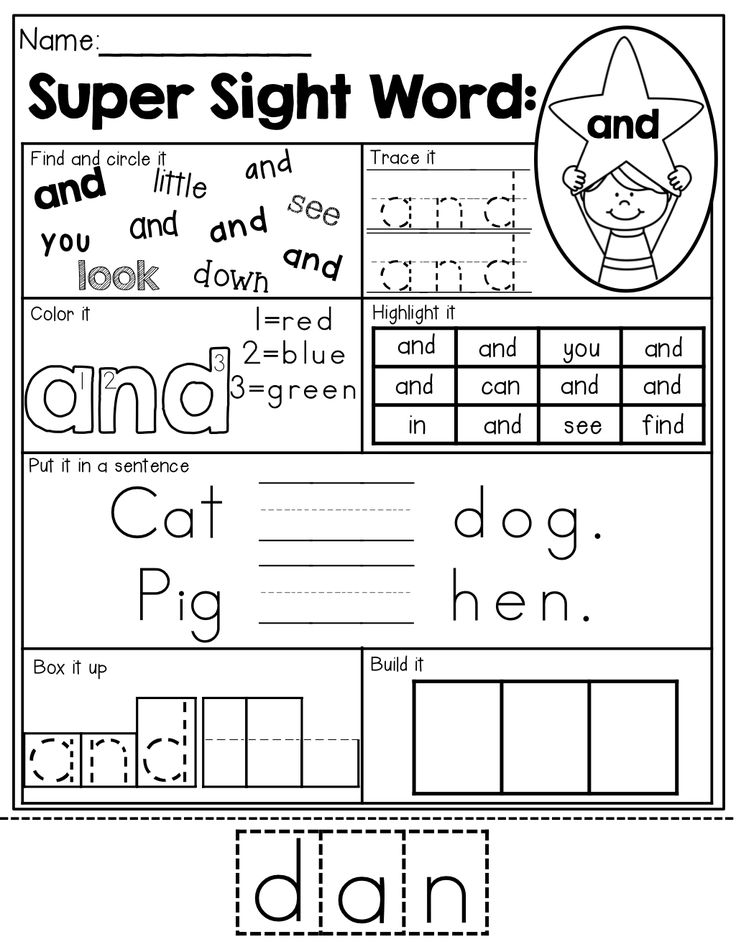
Mossa says she also uses multi-sensory activities with children, in which they fill in missing letters or rearrange letters to correctly spell a sight word, or "write" a word using their finger in the air or on a table.
“Children are more likely to retain a sight word in their long-term memory when practice includes these multi-sensory strategies,” says Mossa. She also suggests giving kids pipe cleaners or magnetic letters to build sight words.
For more practice with spelling sight words — especially those that aren’t phonetically regular — Mossa says she turns to literacy expert Jan Richardson’s sight word technique. “I introduce the sight word by writing it on a dry erase board or making it with magnetic letters,” she says. “Then I ask children to look at each letter as I slide an index card left to right across the word.”
Tip 4: Sort sight words into categories.
It can be helpful to show kids how to sort sight words into categories, such as “rule followers” and “rule breakers,” says Mossa.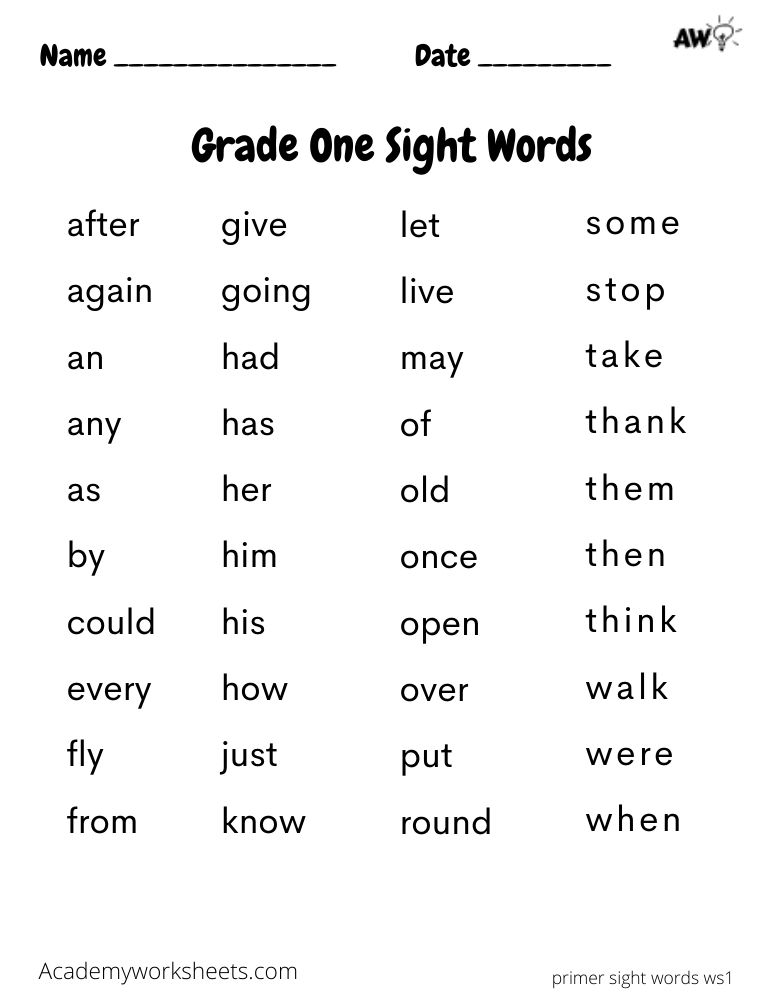 However, this should be used with more fluent readers who have already built early decoding skills and can sound out words.
However, this should be used with more fluent readers who have already built early decoding skills and can sound out words.
“For example, the sight word ‘can’ follows regular phonics patterns,” Mossa says. “In contrast, ‘said’ is not decodable. Therefore, children must learn this word as a whole unit. When I introduce a sight word, I discuss whether it can be sounded out or if it is a word that is a rule breaker.” Play a sorting game at home in which your child guesses which sight words can or cannot be sounded out.
What Will Help: Discuss the various types of sight words in this Nonfiction Sight Word Readers Parent Pack Level A and the Scholastic Success With Grades K-2: Sight Words with your child. Both of these tools will help your young reader become more familiar with key sight words and strengthen their reading skills.
Tip 5: Read and play with sight words daily.
“Children will become better at reading sight words automatically when they have daily opportunities to interact with text at home,” says Mossa.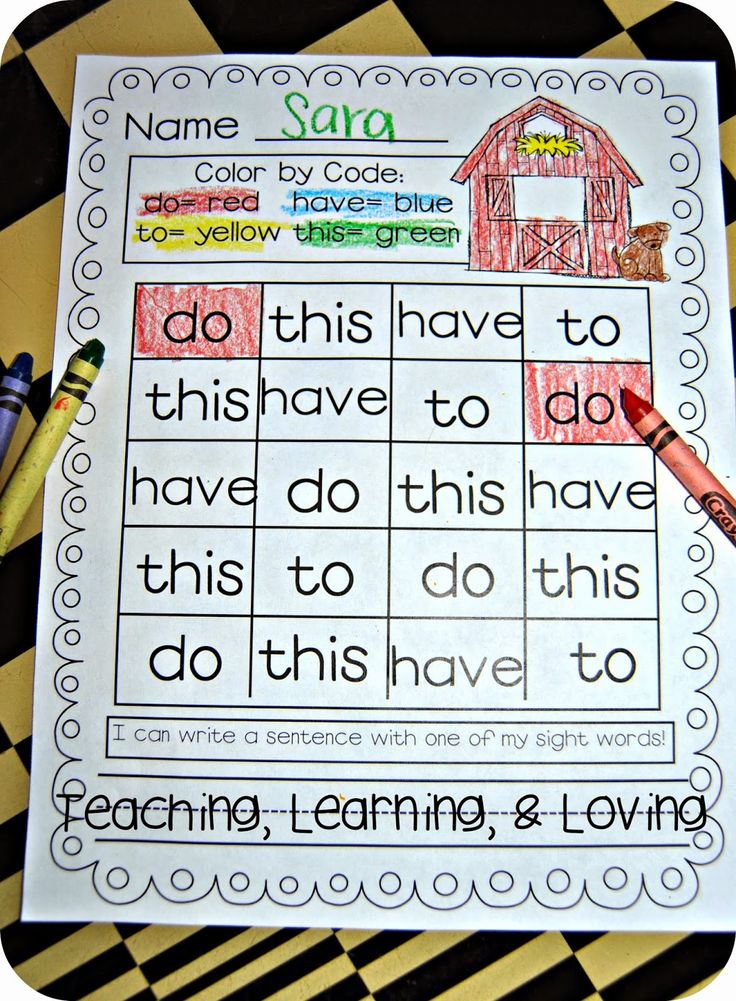 Reading daily will naturally reinforce the learning of sight words, and you can also get creative with games, art projects, and other interactive activities.
Reading daily will naturally reinforce the learning of sight words, and you can also get creative with games, art projects, and other interactive activities.
Sight Words Teaching Strategy | Sight Words: Teach Your Child to Read
A child sees the word on the flash card and says the word while underlining it with her finger.
The child says the word and spells out the letters, then reads the word again.
The child says the word and then spells out the letters while tapping them on her arm.
A child says the word, then writes the letters in the air in front of the flash card.
A child writes the letters on a table, first looking at and then not looking at the flash card.
Correct a child’s mistake by clearly stating and reinforcing the right word several times.
- Overview
- Plan a Lesson
- Teaching Techniques
- Correcting Mistakes
- Frequently Asked Questions
- Questions and Answers
Sight words instruction is an excellent supplement to phonics instruction.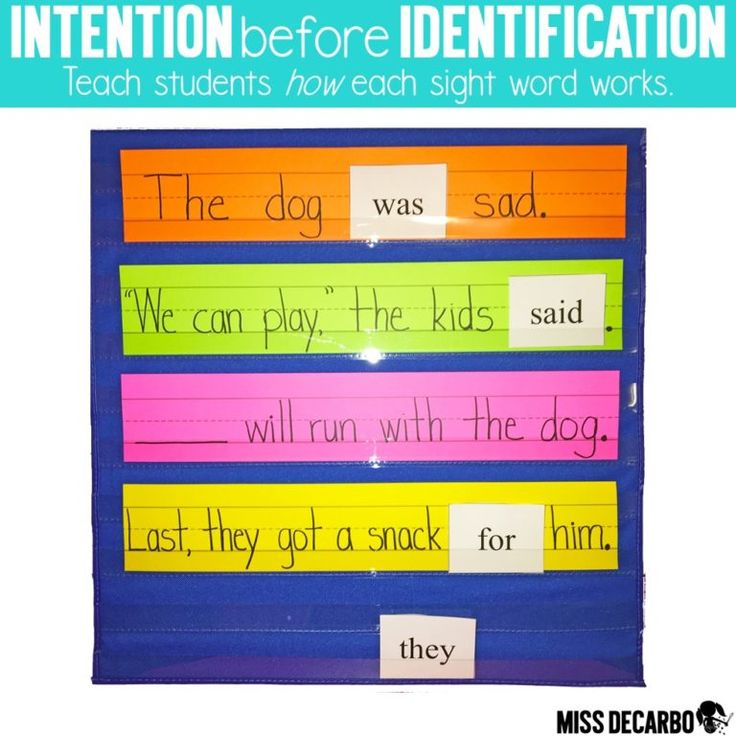 Phonics is a method for learning to read in general, while sight words instruction increases a child’s familiarity with the high frequency words he will encounter most often.
Phonics is a method for learning to read in general, while sight words instruction increases a child’s familiarity with the high frequency words he will encounter most often.
Use lesson time to introduce up to three new words, and use game time to practice the new words.
A sight words instruction session should be about 30 minutes long, divided into two components:
- Sight Words Lesson — Use our Teaching Techniques to introduce new words and to review words from previous lessons — 10 minutes
- Sight Words Games — Use our games to provide reinforcement of the lesson and some review of already mastered sight words to help your child develop speed and fluency — 20 minutes
Video: Introduction to Teaching Sight Words
↑ Top
2.
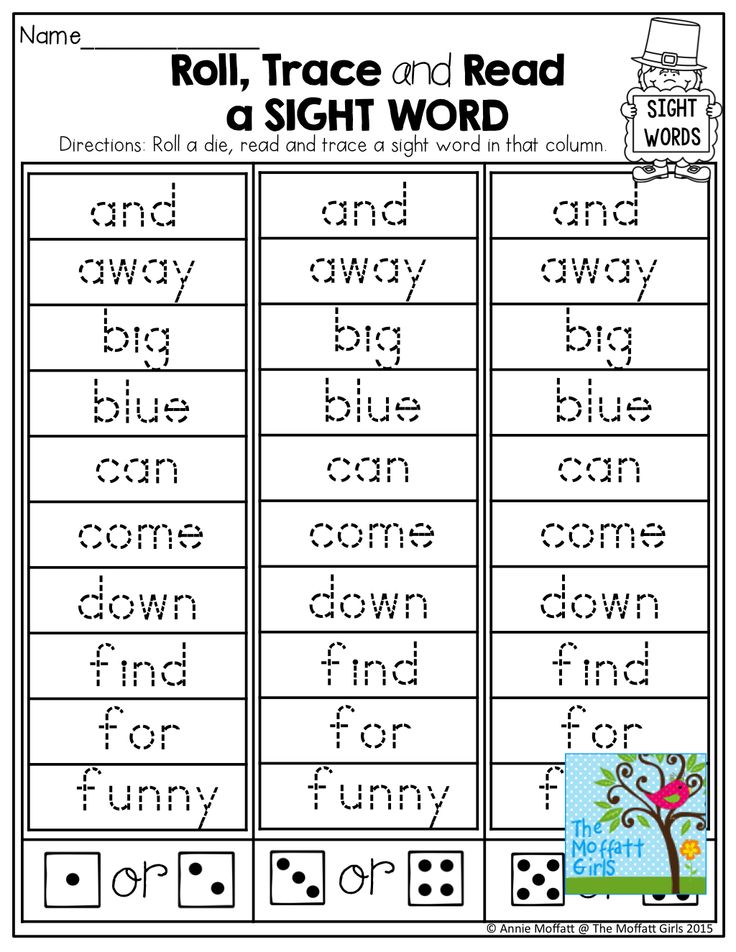 1 Introduce New Words
1 Introduce New Words
When first beginning sight words, work on no more than three unfamiliar words at a time to make it manageable for your child. Introduce one word at a time, using the five teaching techniques. Hold up the flash card for the first word, and go through all five techniques, in order. Then introduce the second word, and go through all five teaching techniques, and so on.
This lesson should establish basic familiarity with the new words. This part of a sight words session should be brisk and last no more than ten minutes. As your child gets more advanced, you might increase the number of words you work on in each lesson.
2.2 Review Old Words
Begin each subsequent lesson by reviewing words from the previous lesson. Words often need to be covered a few times for the child to fully internalize them. Remember: solid knowledge of a few words is better than weak knowledge of a lot of words!
Go through the See & Say exercise for each of the review words. If your child struggles to recognize a word, cover that word again in the main lesson, going through all five teaching techniques. If he has trouble with more than two of the review words, then set aside the new words you were planning to introduce and devote that day’s lesson to review.
If your child struggles to recognize a word, cover that word again in the main lesson, going through all five teaching techniques. If he has trouble with more than two of the review words, then set aside the new words you were planning to introduce and devote that day’s lesson to review.
Note: The child should have a good grasp of — but does not need to have completely mastered — a word before it gets replaced in your lesson plan. Use your game time to provide lots of repetition for these words until the child has thoroughly mastered them.
2.3 Reinforce with Games
Learning sight words takes lots of repetition. We have numerous sight words games that will make that repetition fun and entertaining for you and your child.
The games are of course the most entertaining part of the sight words program, but they need to wait until after the first part of the sight words lesson.
Games reinforce what the lesson teaches.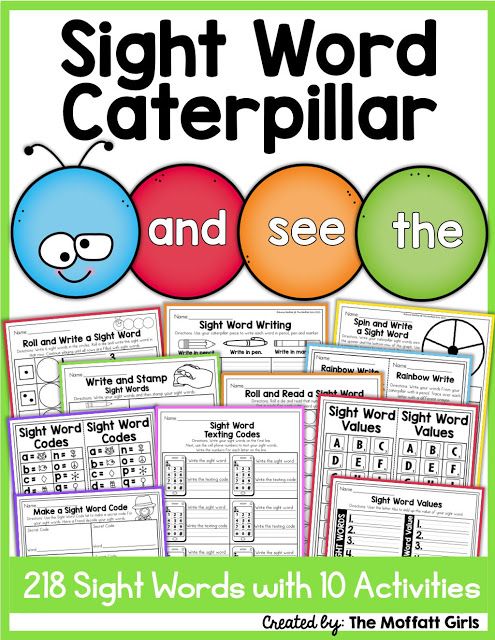
Do not use games to introduce new words.
NOTE: Be sure the child has a pretty good grasp of a sight word before using it in a game, especially if you are working with a group of children. You do not want one child to be regularly embarrassed in front of his classmates when he struggles with words the others have already mastered!
↑ Top
Introduce new sight words using this sequence of five teaching techniques:
- See & Say — A child sees the word on the flash card and says the word while underlining it with her finger.
- Spell Reading — The child says the word and spells out the letters, then reads the word again.
- Arm Tapping — The child says the word and then spells out the letters while tapping them on his arm, then reads the word again.
- Air Writing — A child says the word, then writes the letters in the air in front of the flash card.
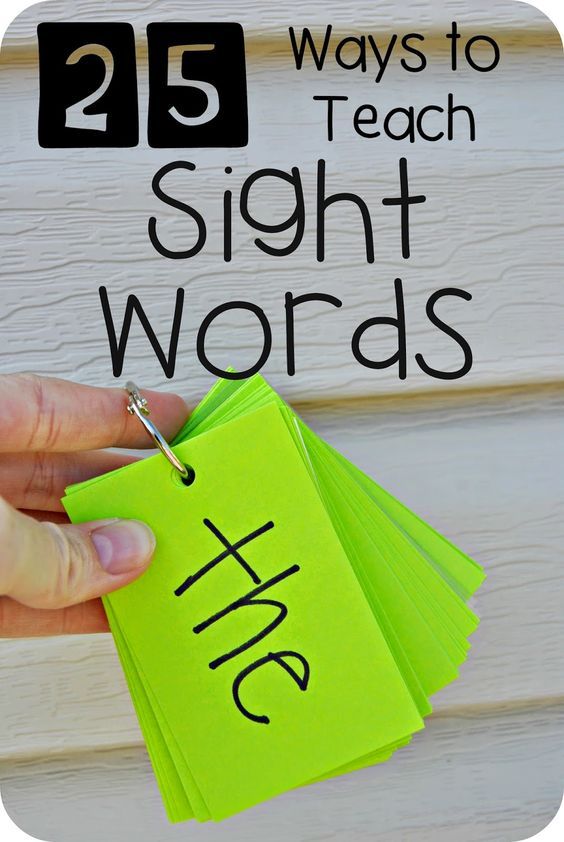
- Table Writing — A child writes the letters on a table, first looking at and then not looking at the flash card.
These techniques work together to activate different parts of the brain. The exercises combine many repetitions of the word (seeing, hearing, speaking, spelling, and writing) with physical movements that focus the child’s attention and cement each word into the child’s long-term memory.
The lessons get the child up to a baseline level of competence that is then reinforced by the games, which take them up to the level of mastery. All you need is a flash card for each of the sight words you are covering in the lesson.
↑ Top
Of course, every child will make mistakes in the process of learning sight words. They might get confused between similar-looking words or struggle to remember phonetically irregular words.
Use our Corrections Procedure every time your child makes a mistake in a sight words lesson or game.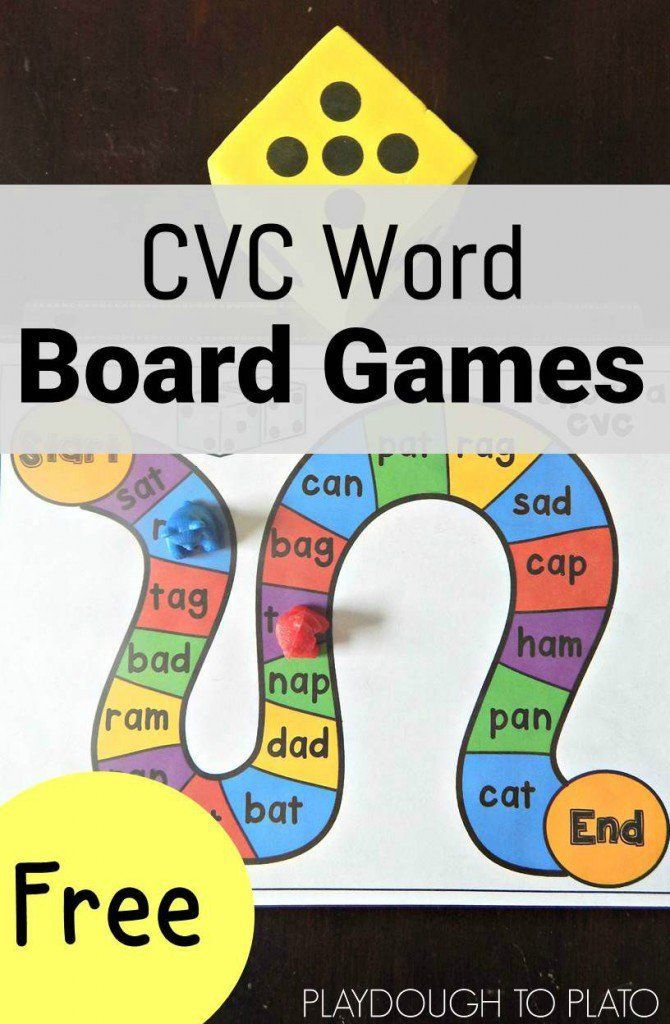 Simple and straightforward, it focuses on reinforcing the correct identification and pronunciation of the word. It can be done quickly without disrupting the flow of the activity.
Simple and straightforward, it focuses on reinforcing the correct identification and pronunciation of the word. It can be done quickly without disrupting the flow of the activity.
Do not scold the child for making a mistake or even repeat the incorrect word. Just reinforce the correct word using our script, and then move on.
↑ Top
Q: Progress is slow. We have been on the same five words for a week!
A: It is not unusual to have to repeat the same set of words several times, especially in the first weeks of sight words instruction. The child is learning how to learn the words and is developing pattern recognition approaches that will speed his progress. Give him time to grow confident with his current set of words, and avoid overwhelming the child with new words when he hasn’t yet become familiar with the old words.
Q: Do I really need to do all five techniques for every word?
A: Start out by using all five techniques with each new word.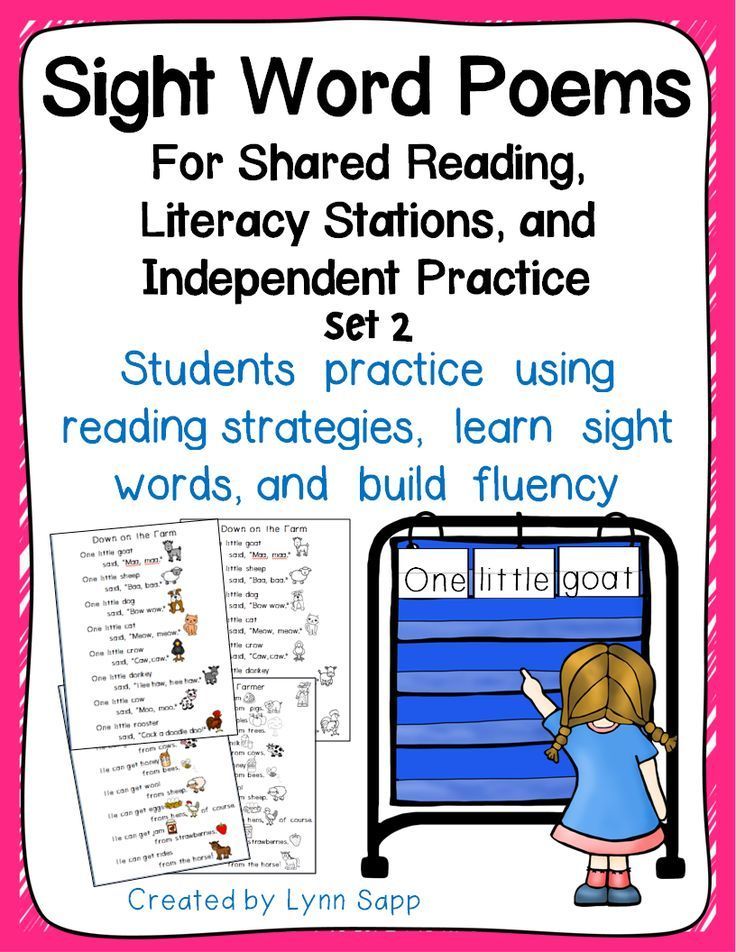 The techniques use different teaching methods and physical senses to support and reinforce the child’s memorization of the word. After a few weeks of lessons, you will have a sense for how long it takes your child to learn new words and whether all five exercises are necessary. Start by eliminating the last activity, Table Writing, but be sure to review those words at the next lesson to see if the child actually retained them without that last exercise. If the child learns fine without Table Writing, then you can try leaving out the fourth technique, Air Writing. Children who learn quickly may only need to use two or three of the techniques.
The techniques use different teaching methods and physical senses to support and reinforce the child’s memorization of the word. After a few weeks of lessons, you will have a sense for how long it takes your child to learn new words and whether all five exercises are necessary. Start by eliminating the last activity, Table Writing, but be sure to review those words at the next lesson to see if the child actually retained them without that last exercise. If the child learns fine without Table Writing, then you can try leaving out the fourth technique, Air Writing. Children who learn quickly may only need to use two or three of the techniques.
Q: How long will it take to get through a whole word list? I want my child to learn ALL the words!!!
A: That depends on a number of factors, including frequency of your lessons as well as your child’s ability to focus. But do not get obsessed with the idea of racing through the word lists to the finish line.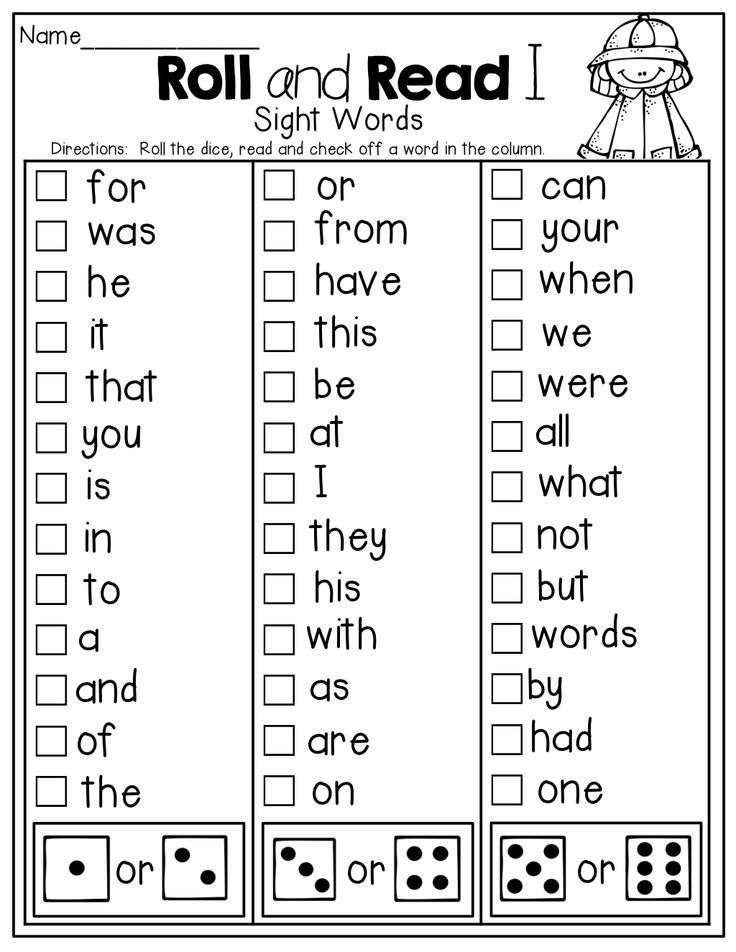 It is much, much better for your child to solidly know just 50 words than to “kind of” know 300 words. We are building a foundation here, and we want that foundation to be made of rock, not sand!
It is much, much better for your child to solidly know just 50 words than to “kind of” know 300 words. We are building a foundation here, and we want that foundation to be made of rock, not sand!
↑ Top
Leave a Reply
7 effective ways to memorize words in English
When learning a foreign language, it is very important to constantly replenish your vocabulary - to learn new and new words. However, not everyone succeeds in doing this. We offer eleven tips to help you memorize new words in English more effectively.
You can start with a video from Tanya Starikova in which she shares how she manages to learn English words:
Memorize words in context
Language is a tool people use to express themselves.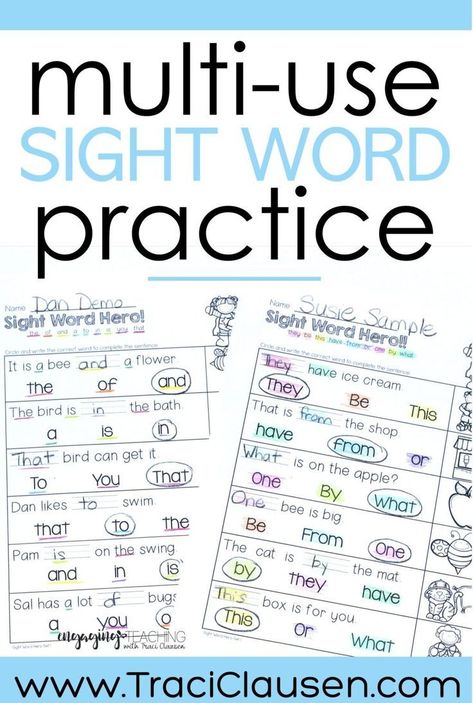 Therefore, each word is valuable not in itself, but in the context.
Therefore, each word is valuable not in itself, but in the context.
Don't learn English words in a vacuum. If you come across an unfamiliar word and decide to remember it, write down the context in which it was used. For example, the English word ajar (ajar) is easier to learn as part of the phrase "the windows were ajar" ("windows were ajar") than separately.
You can find ready-made examples of the use of the English word you are interested in in online services such as Reverso, PlayPhrase or Yandex.Translate. Also, practice making sentences with new words on your own. For example, you need to remember the verb to prefer (prefer). Make up some examples that will reveal the meaning of this verb.
| Would you prefer wine or beer? | Do you prefer wine or beer? |
| I prefer to be called by my first name. | I prefer to be called by my first name. |
| My grandmother prefers detectives to any other TV shows. | My grandmother prefers detectives to any other series. |
Demo lesson for free and without registration!
Take a lesson, learn about the school and get a promotional code for English classes
Use pictures
Draw small pictures to remember the meaning of an English word. It’s not scary if you can’t draw: our brain receives so much monotonous information that a strange picture is a kind of surprise, and we always remember surprises.
If you don't feel like drawing on your own, pick up a ready-made illustration for a new word in Google. It is better if the image is bright, strange or funny - this way it will be remembered more reliably.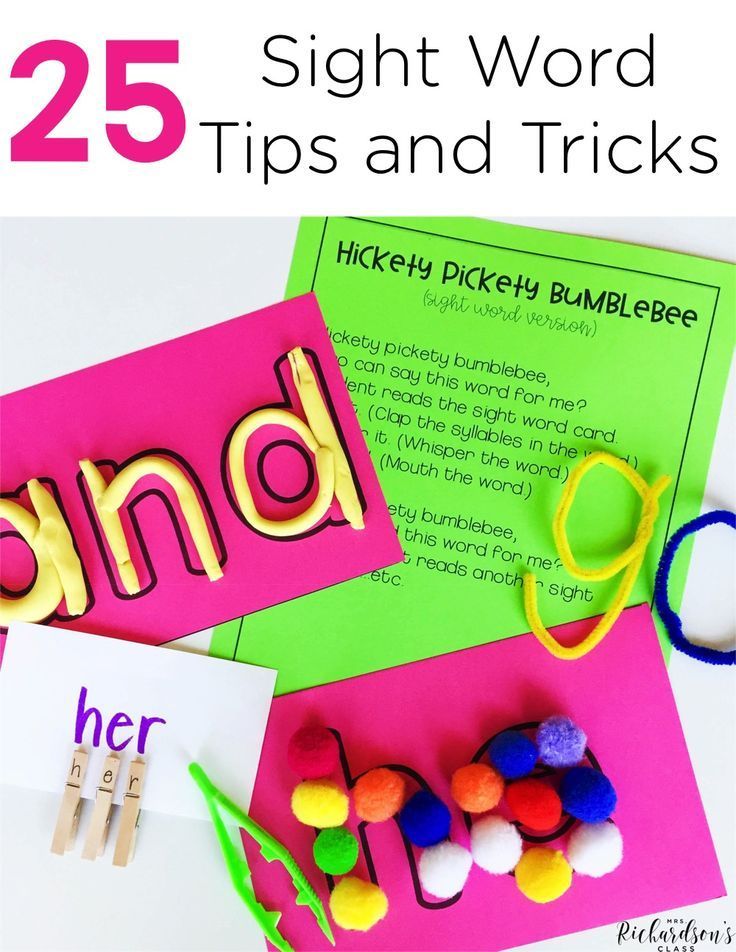
You can collect word + image pairs in electronic form, but it is better in the form of paper cards. To test yourself, look at the side with the picture and try to remember what English word it stands for.
Look up synonyms and antonyms
If you already have a basic vocabulary, practice finding synonyms and antonyms for new English words. This will not only help them learn, but also come in handy in communication: if you do forget a word, you can easily find a replacement for it.
For example, you need to learn the word irreverent (irreverent, disrespectful), and you already know the word with the same meaning disrespectful . It remains to pick up antonyms: "respectful" - "respectful" and "polite" - "polite". In conjunction with synonyms and antonyms, a new English word will be easier to remember.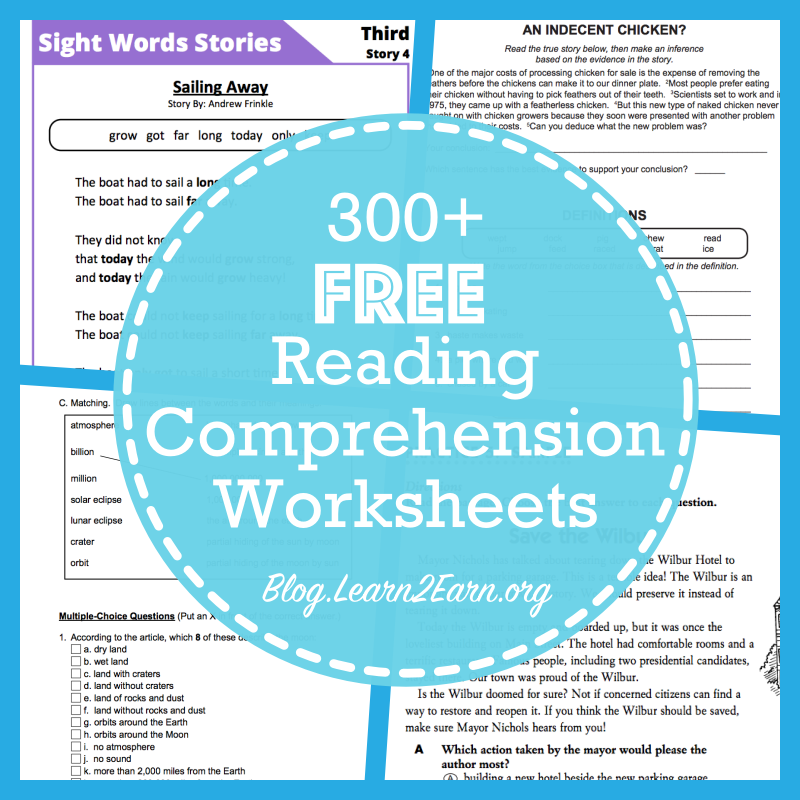
Memorize single-root words
Let's take the English root -respect- , which we have already considered in the previous example. Noun respect means respect. Now let's look in the dictionary for other words formed from the same root:
| respectful | respectful |
| to respect | respect |
| respectable | solid, respectable |
| disrespect | disrespect |
| in respect of | vs. |
Thus, instead of one word, you learned several at once, and their meanings are interconnected, which will help to learn them.
Make up stories
To learn several unrelated words at once, combine them into a story. Memorizing a short story is easier than a bunch of random words because the story has a plot and can be recreated in the imagination.
Let's fantasize and make up a story with five random English words:
| pond | pond |
| coat | coat |
| loaf | loaf |
| to approach | approach |
| fireplace | fireplace |
From these words we got the following story:
| A boy walked to the pond . | A boy came up to the pond. He was wearing a gray coat and hat. The boy was carrying a loaf of bread. He was going to feed the ducks. But when he approached the pond, he did not see a single duck there. “It’s cold today,” the boy thought, “the ducks are probably at home, warming their paws by the fireplace. |
It's not scary if the story comes out strange or even absurd, because the unusual is remembered better.
Make associative networks
Our brain takes what we read and transforms it into images, ideas and feelings, and then forms connections between new information and what we already know. This is how memorization happens - the new unites with the old. When you connect a new English word with something you already know, it's easier for your brain to find it and remember it at the right time.
Draw a network of concepts. Take what you want to remember (word, idea, sentence) and write it in the center of the paper. Then draw lines from it in all directions, like a web.
At the end of each line, write down any English words or pictures that come to mind when you think of the word in the center. It doesn't matter what the associations are, just write down whatever you come up with.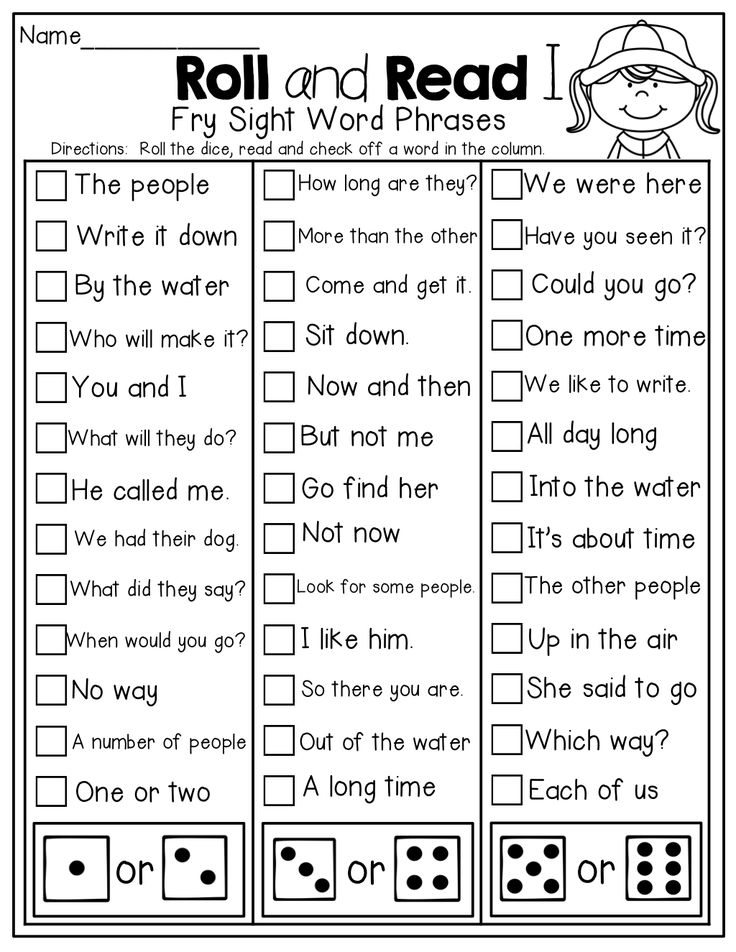
It will only take a couple of minutes, and now all the words or concepts will be interconnected in your brain. If you see or hear one of them, it will be easier for you to remember the others.
Use mnemonic tricks
Sometimes remembering a new English word doesn't work, and none of the above methods helps. Then mnemonics will come to the rescue - a way of remembering through associations.
Let's say you have trouble learning the English word " eagle " ("eagle"). You can use a mnemonic hint with a consonant Russian word: "Eagle's claws are ten needles ".
To memorize word tire (tire), you can mentally associate it with the consonant English word tired (tired): “Dad is tired, he’s been pumping up the tires”
You shouldn't get carried away with this method, but it helps a lot to learn tricky words that you can't remember otherwise.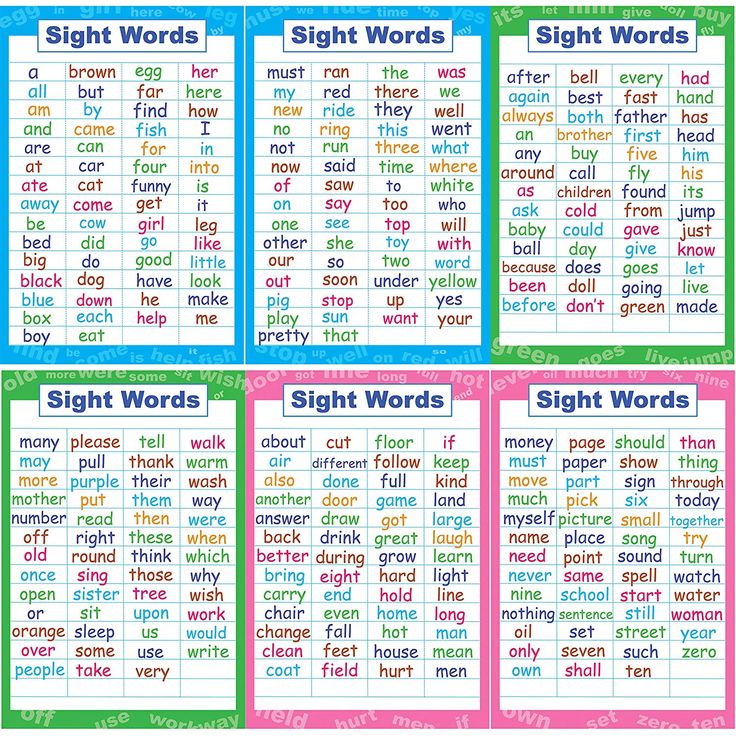
Parse word by composition
Before looking up the translation of an English word in the dictionary, try to parse it by composition and determine the meaning yourself. For example, you came across the verb to mistreat . You don't know what it means, but you know the verb to treat - "treat, treat." It remains to find out the meaning of the prefix mis- . You may have encountered it in words such as to misbehave (behave badly) or to misunderstand (misunderstand). So the prefix mis- means something bad or wrong. Indeed, the verb to mistreat is translated from English into Russian as "to mistreat".
If you make a list of common prefixes ( un-, dis-, re-, de- etc.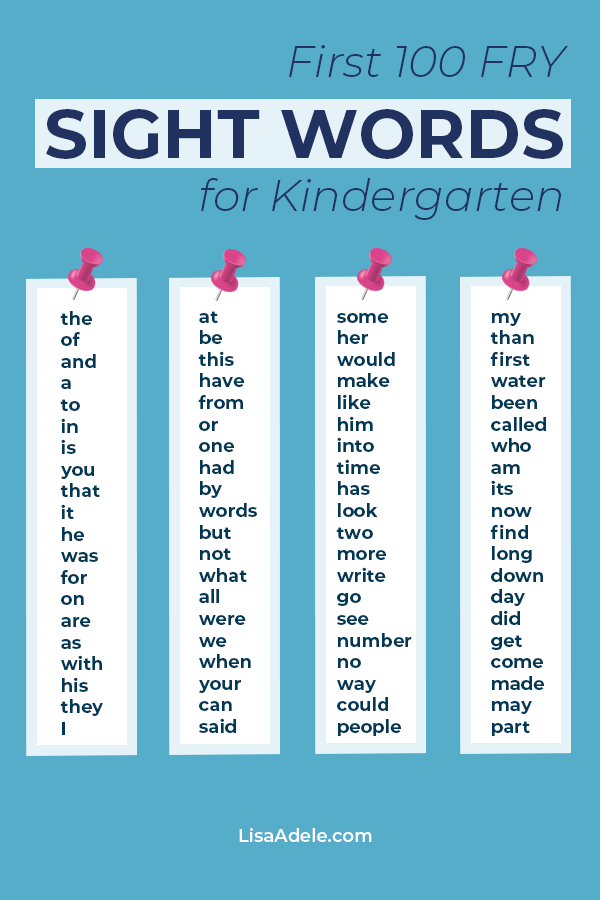 ) and suffixes ( -able, -ly, -ent, -tion, -ive etc. etc.) and remember what they mean, it will be easier for you to guess the meaning of new words for you in English.
) and suffixes ( -able, -ly, -ent, -tion, -ive etc. etc.) and remember what they mean, it will be easier for you to guess the meaning of new words for you in English.
Look for something interesting in a boring one
It happens that some topic is very difficult to come by, because you personally are not interested in it. For example, you are studying the topic “Cars”, but you don’t drive a car yourself, and this area is completely alien to you. And it is not clear why to learn words that you are not going to use in life. To spark interest in a boring topic, connect it to something that is more interesting or useful to you personally.
For example, car images and metaphors are often found in the songs of foreign artists - you can easily find lyrics in English with the words steering wheel ("steering wheel"), highway (highway, highway) or lane (strip).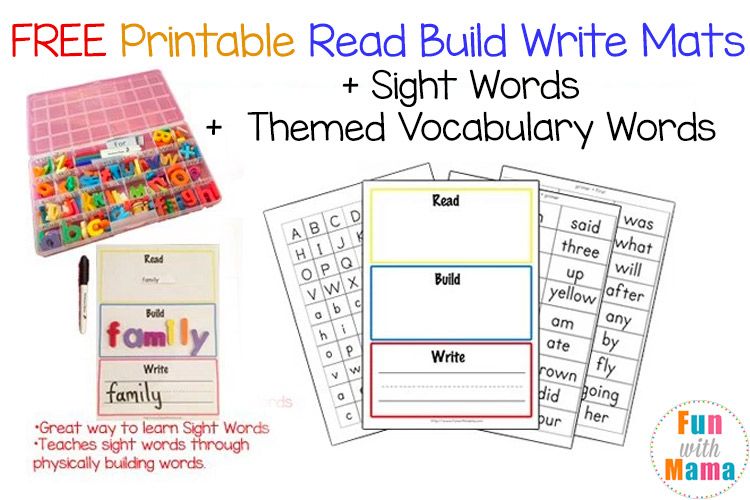
Or look for English idioms that use the words you want. Here are some automotive-themed ones:
- Stay in your lane. Mind your own business (literally: stay in your lane).
- Down the road. - In the future (literally: further down the road).
- U-Turn. - A sharp change of opinion (literally: a reversal).
- To put the brakes on. - Slow down (literally: slow down).
These idioms will come in handy in conversational speech, even if you never intend to drive. And now boring words will have more figurative associations that will help them learn.
Refresh knowledge periodically
Probably, this happened to you at school: you learned a dozen new English words, did your homework, wrote a dictation… And after a month everyone forgot.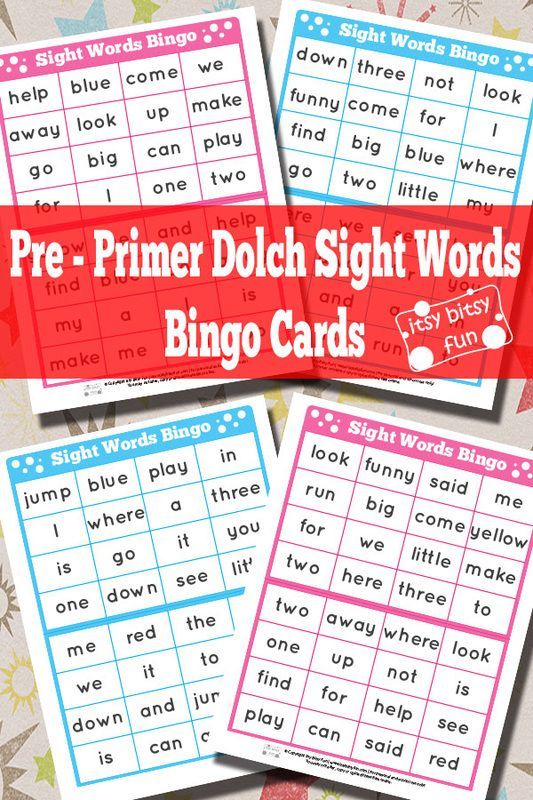 This happens because new vocabulary needs to be periodically repeated and refreshed in memory. There is even a recommended schedule for repeating English words, compiled on the basis of the works of the German psychologist Hermann Ebbinghaus:
This happens because new vocabulary needs to be periodically repeated and refreshed in memory. There is even a recommended schedule for repeating English words, compiled on the basis of the works of the German psychologist Hermann Ebbinghaus:
- Use a new word as soon as you learn it;
- Use the word again after 20-30 minutes;
- Repeat word every other day;
- Return to a new word after 2–3 weeks;
- Repeat the word in 2–3 months;
- Fix the word after 2-3 years.
It is on this method of memorization that the application for learning new English words Aword is based. In order not to think about how many weeks and months have passed since meeting a new word, install the application and it will monitor the repetition schedule for you. By the way, Aword also uses other techniques for memorizing words listed in this article: images with associations and mnemonic phrases.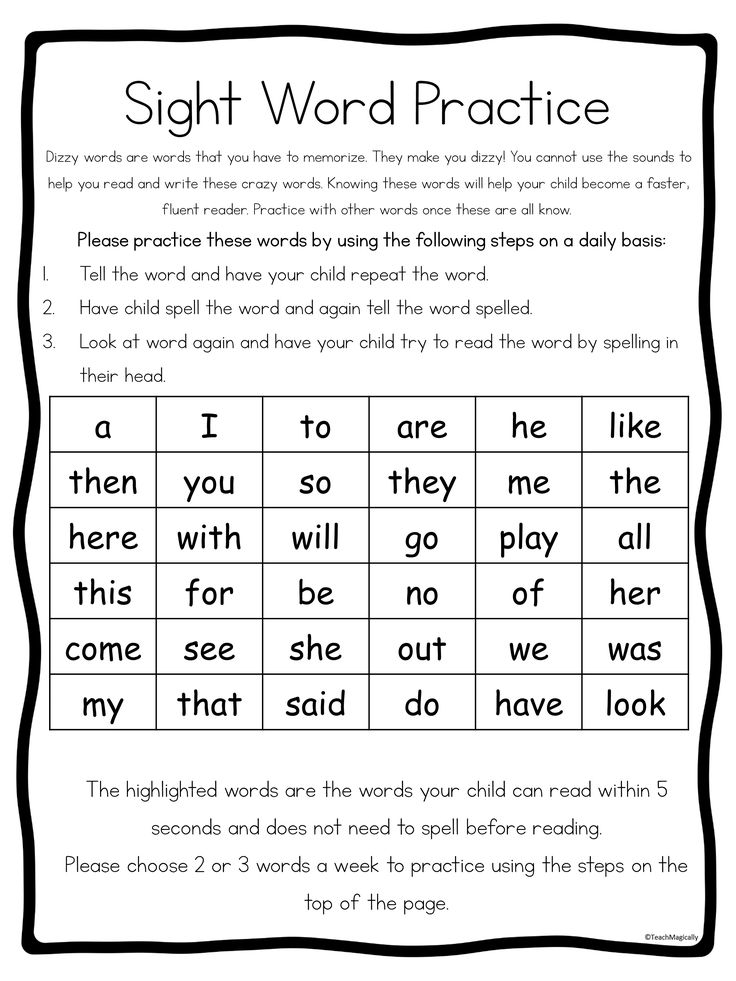
Make sure that the word is useful to you
Knowledge that we do not use is sooner or later forgotten, as happened with poems and theorems that we learned at school. Therefore, do not waste time memorizing rare, little-used words. This is especially important for those who are just starting to learn English. Before you draw flashcards and add a word to the spaced repetition list, make sure you need to know it at all.
There is a list of 3000 words, which is enough to understand most of the texts written in English. Of course, during your studies you will still learn much more, but at first you should check the list so that you don’t spend time memorizing rare English words and forget about the most important ones. For convenience, such words are marked with a special icon in the Aword application.
Read more about the golden list of English words and how to use it in your studies in our magazine.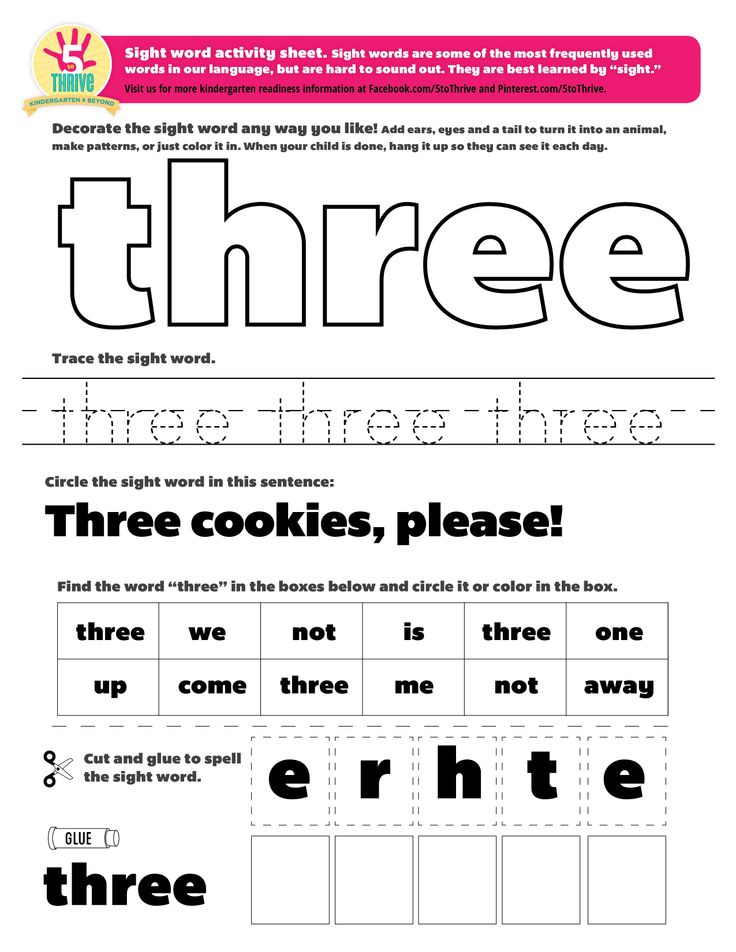
Let's summarize
We have analyzed 11 ways to effectively memorize new English words - it remains only to put them into practice and choose the ones that suit you.
- Learn not individual words, but phrases and sentences with them.
- Draw association pictures for new words.
- Choose synonyms and antonyms for the word you want to remember.
- Instead of one English word, learn several cognates at once.
- Write short stories with new words.
- Make associative cards with English vocabulary.
- Use mnemonic technique: consonant Russian or English words.
- Parse words by composition and memorize the meanings of popular English prefixes and suffixes.
- Link new words to things that interest you personally, such as useful idioms or English song lyrics.
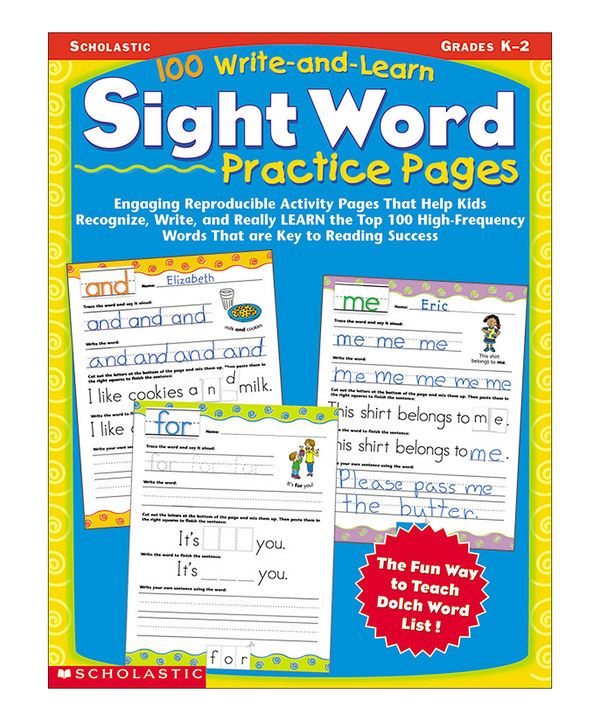
- Periodically repeat the words you have already learned so as not to forget them.
- Do not fill your head with rare words, especially if you are just starting to learn English.
Check if you know the words on the topic
Read on:
An effective technique for memorizing English words
10 tips on how to learn English better
6 useful tips on how to learn English grammar
7 memory tips that work Khariton Matveev, co-founder of the Skyeng school, shares proven ways to memorize new words.English level test
Find out your level, get recommendations for learning and a promotional code for English lessons as a gift
The human brain tends to save effort (some will call it laziness): if there is a chance to somehow simplify the process, it is sure to use this chance will take advantage.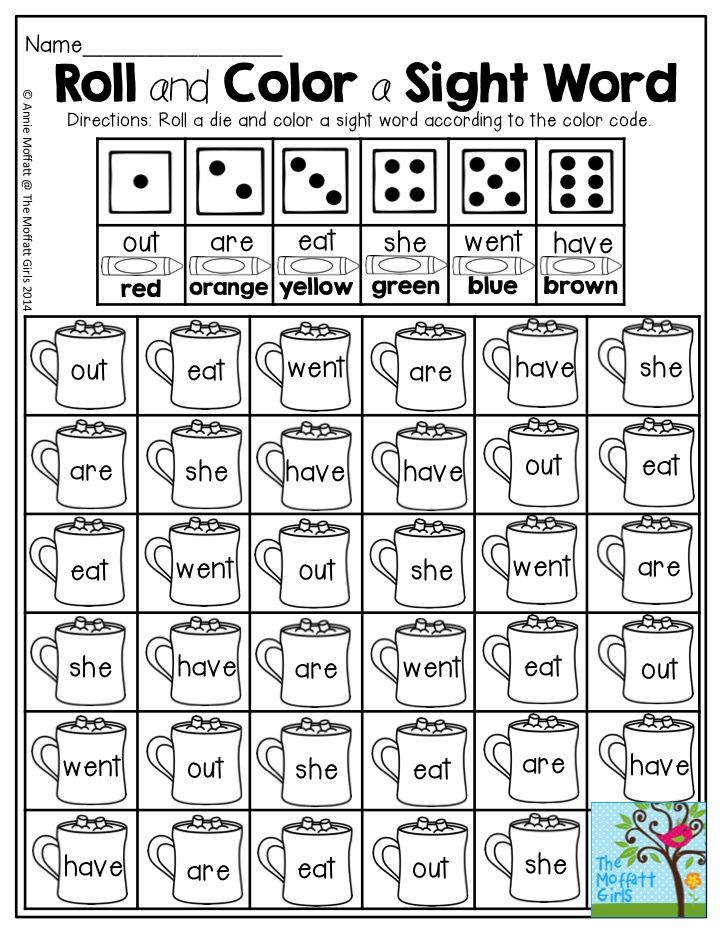 Our cunning "processor" admits new foreign words to the hall of long-term memory far from immediately; first they have to serve their time in a kind of waiting room - in short-term memory. If a new word is not used, not repeated, it will be forgotten rather quickly: the brain mercilessly gets rid of unnecessary information. If you repeat the memorized word - and you need to do this at strictly defined moments - you will remember it forever. What is the secret of correct memorization of new information?
Our cunning "processor" admits new foreign words to the hall of long-term memory far from immediately; first they have to serve their time in a kind of waiting room - in short-term memory. If a new word is not used, not repeated, it will be forgotten rather quickly: the brain mercilessly gets rid of unnecessary information. If you repeat the memorized word - and you need to do this at strictly defined moments - you will remember it forever. What is the secret of correct memorization of new information?
How we remember information: types of memory and the Ebbinghaus curve
So, human memory is divided into two types:
- Short-term or operational
- Long term
The information that enters the brain is first stored in the working memory. Over time, depending on the frequency of use, this information becomes a long-term, long-term memory. Back at the end of the 19th century, the German psychologist Hermann Ebbinghaus experimentally proved the well-known postulate of a direct family relationship between learning and repetition.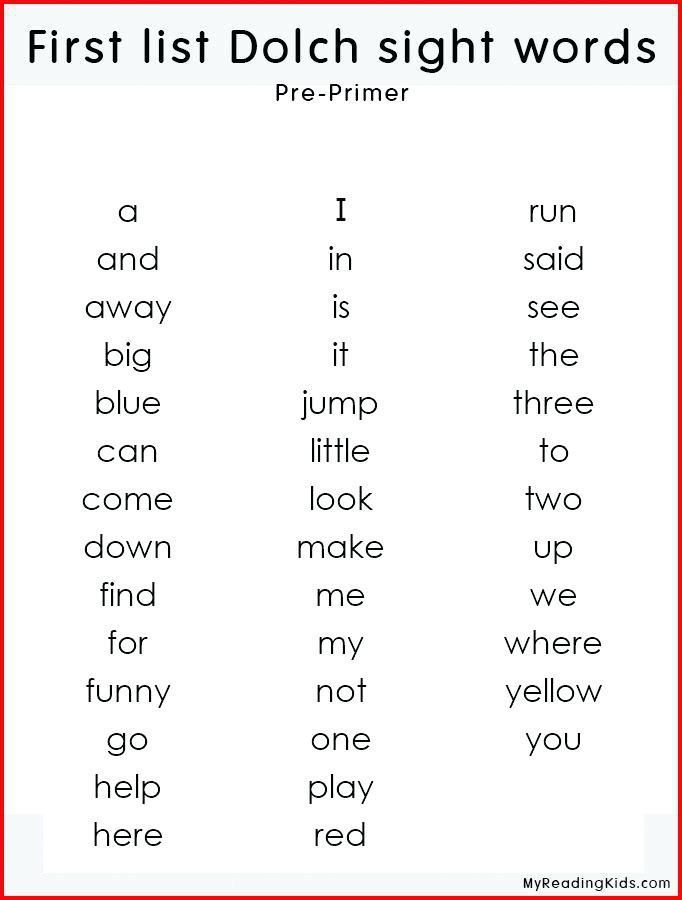 During the experiment, Ebbinghaus determined exactly when to repeat new words in order to remember them for a long time, if not forever.
During the experiment, Ebbinghaus determined exactly when to repeat new words in order to remember them for a long time, if not forever.
The sad fact is that Hermann Ebbinghaus' most valuable discovery is hardly used today. Analysts and developers at Skyeng School hope to change this situation: a mobile application for learning new words using the Ebbinghaus discovery is currently under development. The release of the application is planned soon - follow the news of the company.
Many methods offer to learn 100 words in an hour or 1000 words in 3 days - and this is possible. But the problem is that, once in short-term memory, new words do not pass into long-term memory: easy come - easy go (what comes easy, goes easy).
Demo lesson for free and without registration!
Take a lesson, learn about the school and get a promotional code for English classes
7 + 1 effective way to memorize foreign words
Tip 0: Follow the rational repetition mode
So, the very first, even zero tip: to remember a new word forever , stick to the following rep schedule:
| Repetitions | Repetition intervals |
| 1 | Immediately after learning a new word |
| 2 | 20-30 minutes after previous |
| 3 | One day after previous |
| 4 | 2-3 weeks after previous |
| 5 | 2-3 months after previous |
| 6 | 2-3 years after previous |
Tip 1: Memorize interesting things
The traditional approach to learning new words, tested by generations of schoolchildren, is this: foreign words are given in lists by topic, for example, “Introduction”, “Letter to a friend”, “My day”.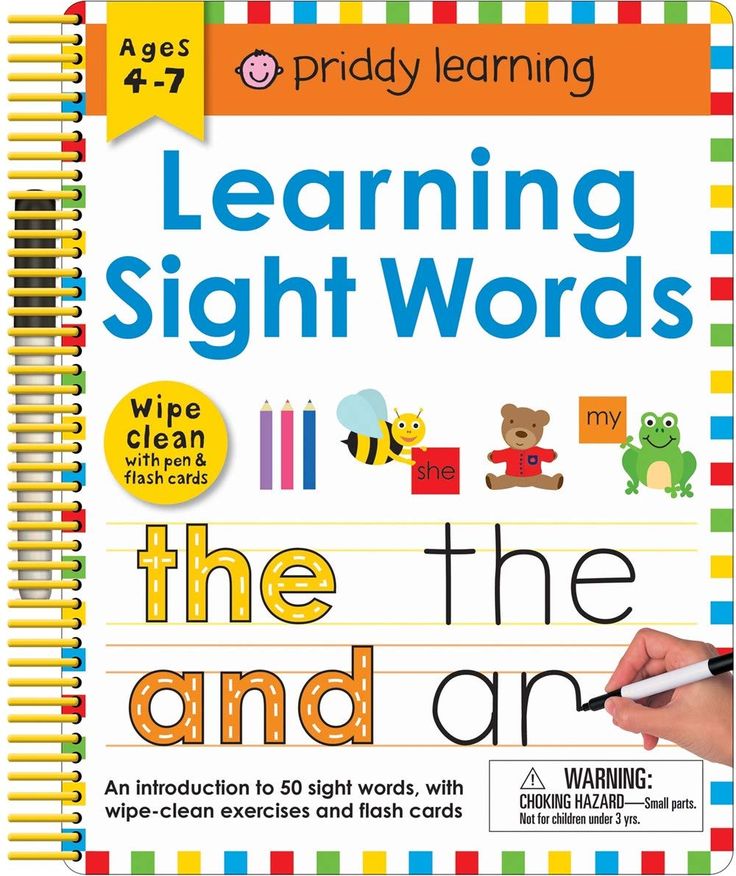 The set of topics is standard and universal, which is not always effective: if the topic does not arouse interest, it is much more difficult to learn new vocabulary. The experience of our school shows that if the choice of the studied words is approached in strict accordance with the specific goals and interests of each student, at the intersection of useful and pleasant, the result is optimal!
The set of topics is standard and universal, which is not always effective: if the topic does not arouse interest, it is much more difficult to learn new vocabulary. The experience of our school shows that if the choice of the studied words is approached in strict accordance with the specific goals and interests of each student, at the intersection of useful and pleasant, the result is optimal!
For example, if you like the Game of Thrones series, you will be much more interested in learning words, generating images and concepts that are related to the plot of the film, for example: queen - queen, north - northern, wall - wall, castle - castle.
Tip 2: Think Deeply
Law of Understanding: According to Ebbinghaus, meaningful material is remembered 9 times faster. It is not so much the words and sentences that make up the text that are imprinted in the memory, but the thoughts contained in them. They are the first to come to mind when you need to remember the content of the text.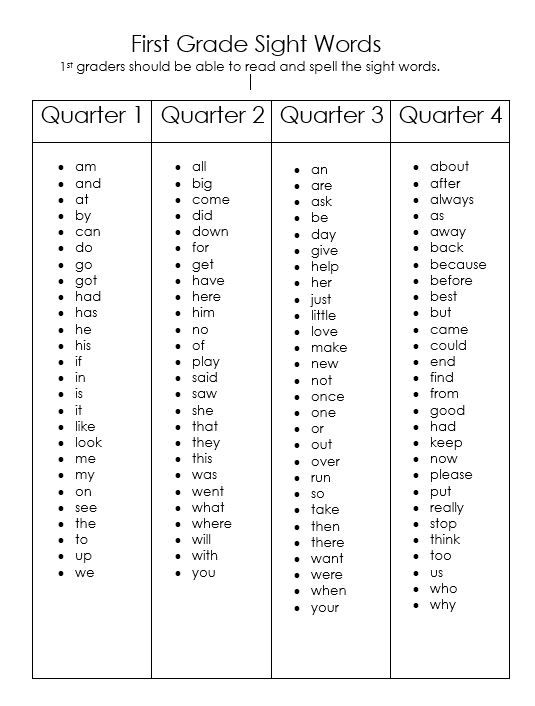
However, learning how to properly organize information at the time of memorization is not an easy task. You can use key words, diagrams, charts and tables. The forecasting technique is also effective: after starting to read a paragraph, try to draw a conclusion on your own after putting forward several arguments by the author, explain to yourself what you have read, even if it seems obvious to you. Having formulated the information in your own words, you will remember it for a long time.
Tip 3: Strengthen the first impression
To better remember a new word, connect 5 senses plus imagination: feel the situation, imagine a picture, try to smell and taste, say the word - or sing it.
Visualize, imagine: in a distant northern (northern) country, behind a high fortress wall (wall), a majestic castle (castle) rises, in which a powerful queen (queen) lives ... How high is the wall, how gloomy and impregnable is the castle, how beautiful is the throne ruler! Create a picture in your imagination, live the situation and the new vocabulary will be remembered easily and for a long time.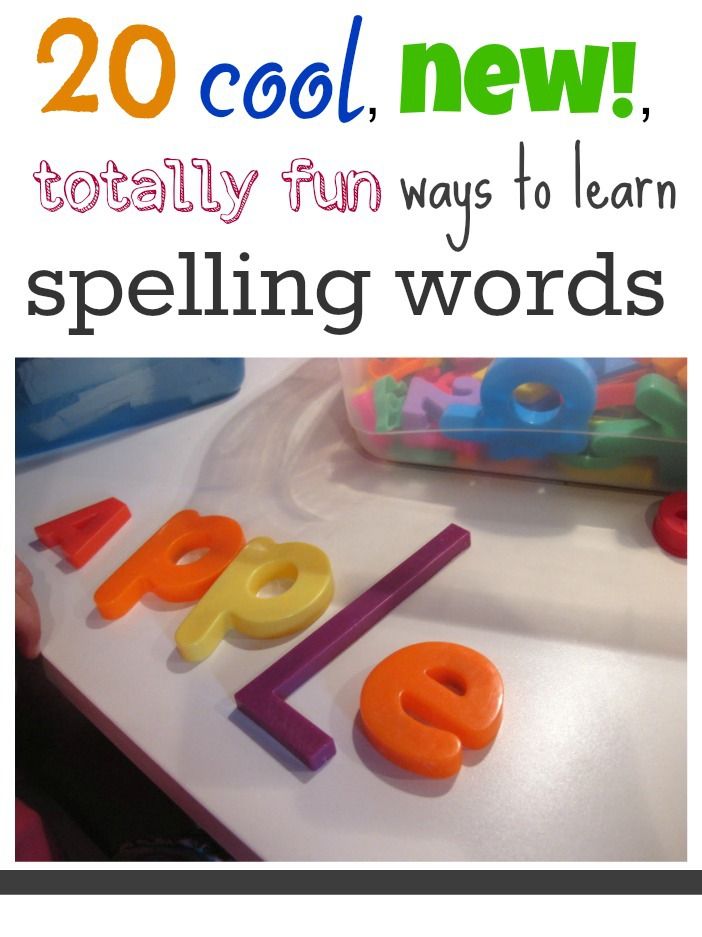
Tip 4: Learn in different contexts
The Law of Context: Information is easier to remember and recall when it is related to other simultaneous experiences. The context in which an event occurs is sometimes more important to remember than the event itself.
Our memory is associative. Therefore, try to change the place of preparation, for example, to learn different topics in different rooms (kitchen, bedroom), on the road (metro, car) and even at work (office, "negotiation"). Information is associated with the situation, the recollection of which will help to remember the content of the topic.
Tip 5: Learn more often, but less
Learning is like eating: it is better to absorb information in small parts, taking short breaks. It is better to learn a maximum of 10 objects (words or rule components) in one session. After that, you need to take a 15-minute break, otherwise the subsequent training will not be complete. Learn words in line, on the subway - impulse learning is much more effective than continuous learning.
Learn words in line, on the subway - impulse learning is much more effective than continuous learning.
Tip 6: Learn important information at the beginning and end
The law of the region, known to us from the film "Seventeen Moments of Spring": the information presented at the beginning and at the end is best remembered. It is more effective to learn especially difficult and intractable words at the beginning and at the end of a ten-minute session - this way they are better deposited in memory.
Tip 7: Use mnemonic techniques
When studying a word, it is useful to choose an associative anchor image, for example: clever (smart) - a smart cow eats clover. The image should be bright, understandable, perhaps absurd - unexpected associations fix the word well in memory.
There are many ready-made mnemonic dictionaries, for example, http://www.englspace.com/mnemo/. Effective and loved by many is the technique of memorizing words with the help of cards, when an English word is written on one side, and its translation on the other.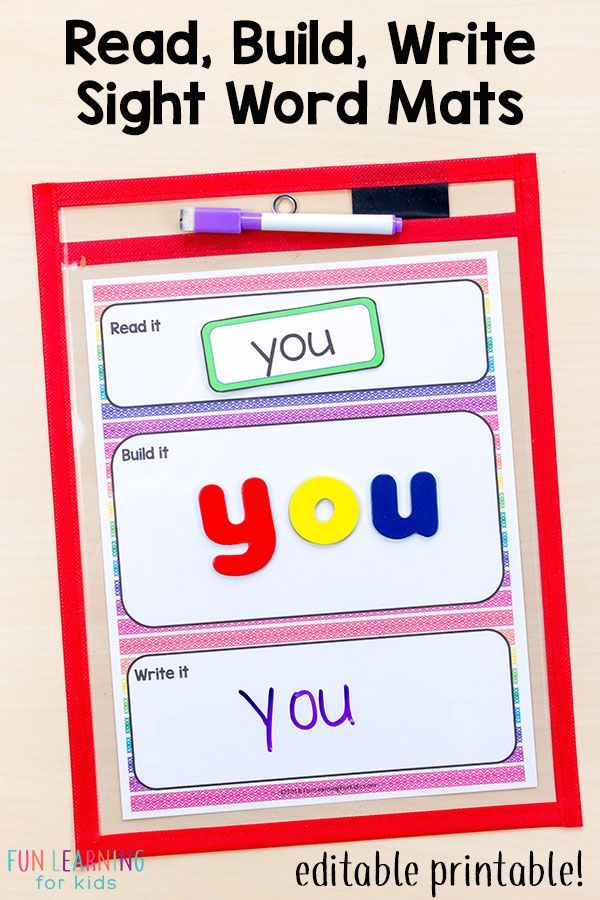

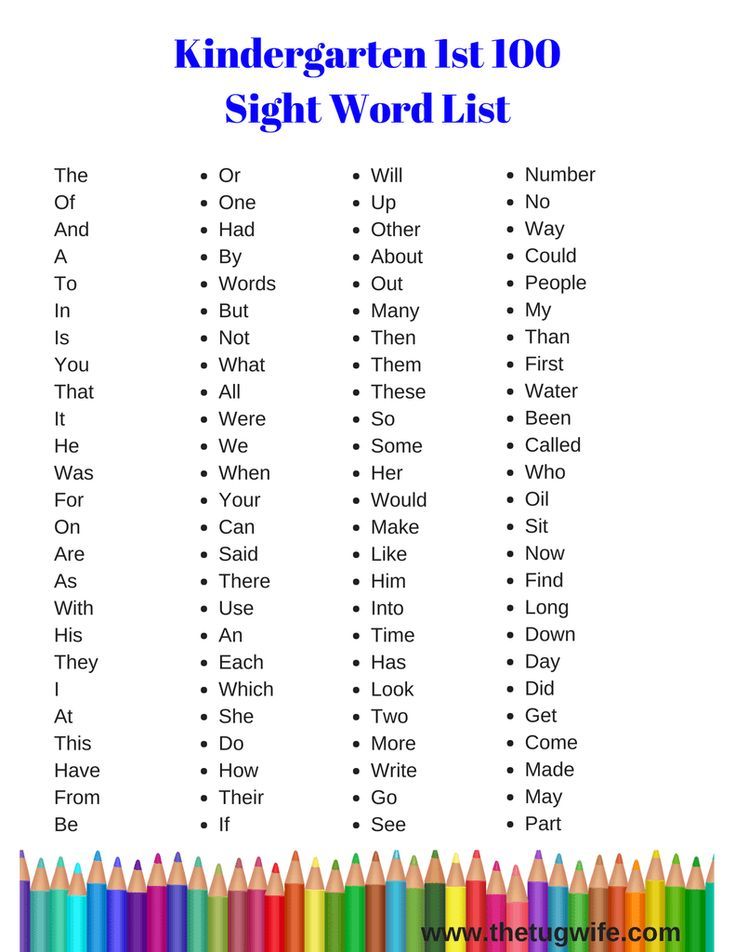
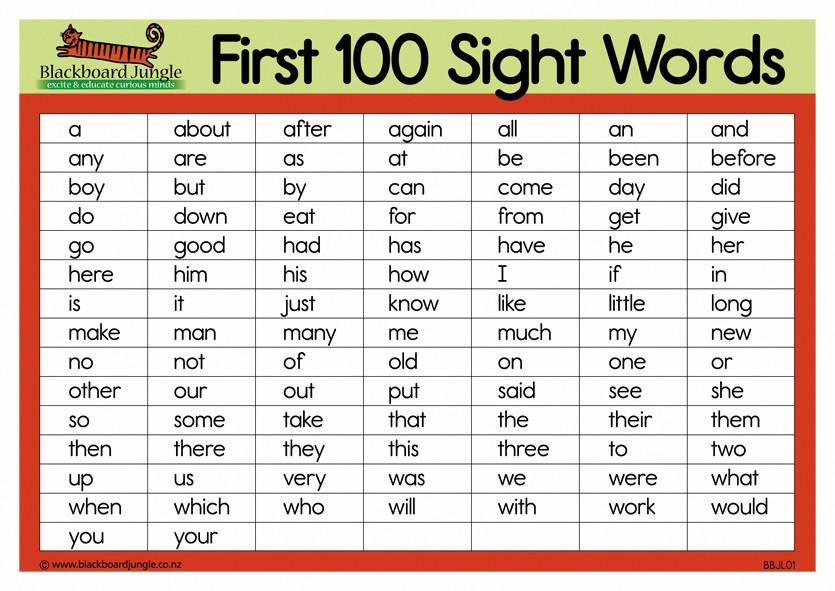
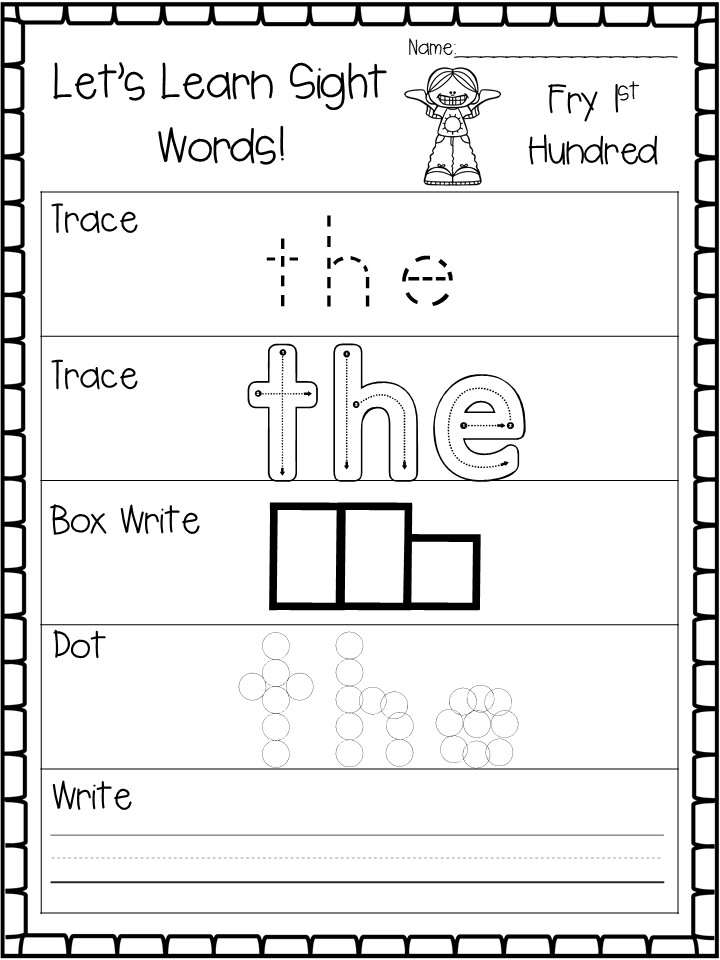 He was dressed in a gray coat and a hat. The boy was carrying a loaf of bread. He was going to feed the ducks. But as he approached the pond , he saw no ducks there. "It's chilly today", the boy thought, "the ducks must be at home, warming their feet at the fireplace ".
He was dressed in a gray coat and a hat. The boy was carrying a loaf of bread. He was going to feed the ducks. But as he approached the pond , he saw no ducks there. "It's chilly today", the boy thought, "the ducks must be at home, warming their feet at the fireplace ". 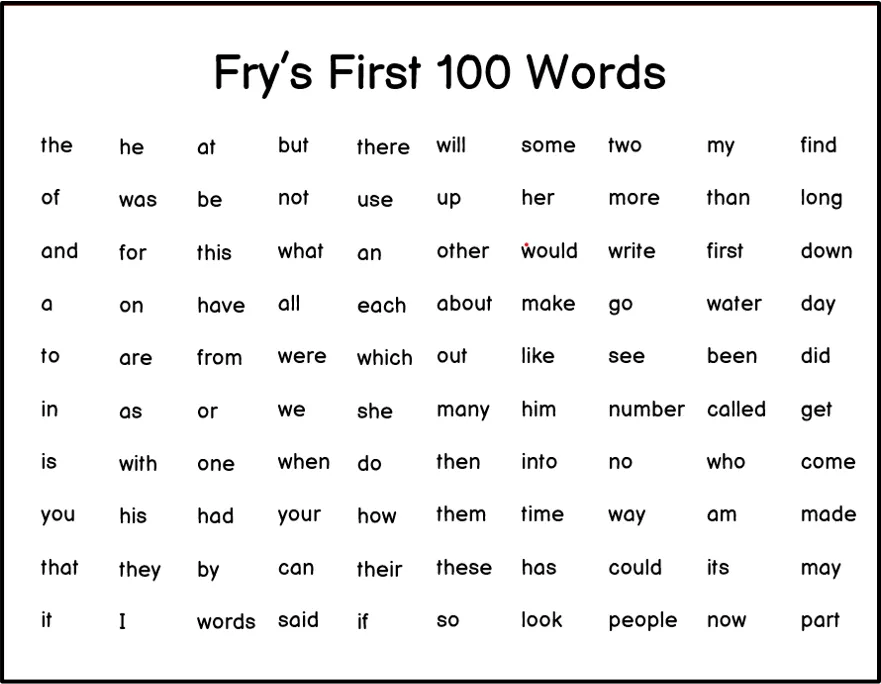 ”
” 

